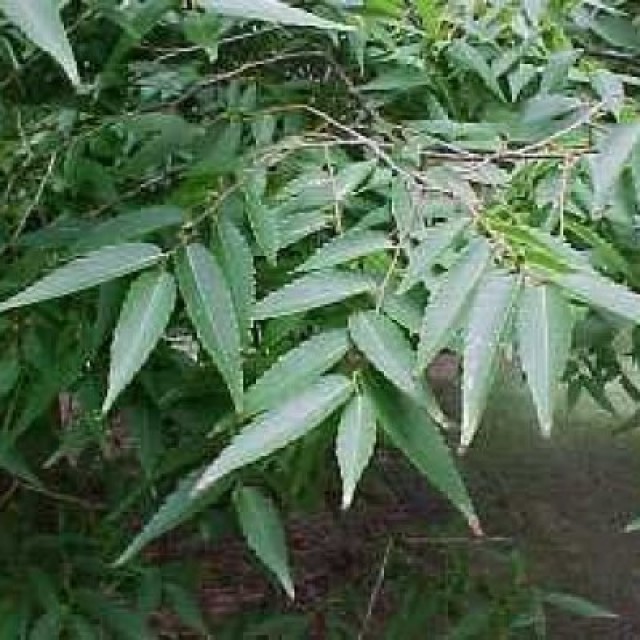COMMON NAME
Japanese zelkova
SCIENTIFIC NAME
Zelkova serrata
Plant family
Elm (Ulmaceae)
Plant group
Deciduous Trees and Shrubs
Japanese zelkova trees are often used as ornamental street trees. They are highly resistant to Dutch elm disease, so they are sometimes used in place of American elms. These trees can grow to 100 feet tall and are highly branched with short main trunks. Their growth form also makes them popular in the art of bonsai. The flowers are yellow-green and inconspicuous. The fruits are small green drupes that turn brown when ripe.
180 reports
60+
OBSERVERS
180+
OBSERVATIONS
Identification hints
Japanese zelkova trees are often used as ornamental street trees. They are highly resistant to Dutch elm disease, so they are sometimes used in place of American elms. These trees can grow to 100 feet tall and are highly branched with short main trunks. Their growth form also makes them popular in the art of bonsai. The flowers are yellow-green and inconspicuous. The fruits are small green drupes that turn brown when ripe.
Did you know?
A unique feature of Japanese zelkova trees are the buds. They are small, greenish, and cone-shaped and develop along the branches in a zigzag pattern. The flowers are small, green, and inconspicuous.The fruits are small, oval shaped drupes. They start out green and then turn brown when they are ripe. The fruits tend to ripen in late summer and early fall.
DISTRIBUTION IN TH U.S.
Georgia
,
Ohio
,
Pennsylvania
HABITAT
There is no information available about this species.
See Menu
- 2021 Chicago Botanic Garden. All Rights Reserved.
-
Creative Commons
BY-NC-SA 4.0 - Terms of Use
- Privacy Policy
- Data Sharing and Citation Policies
- 2021 Chicago Botanic Garden. All Rights Reserved.



